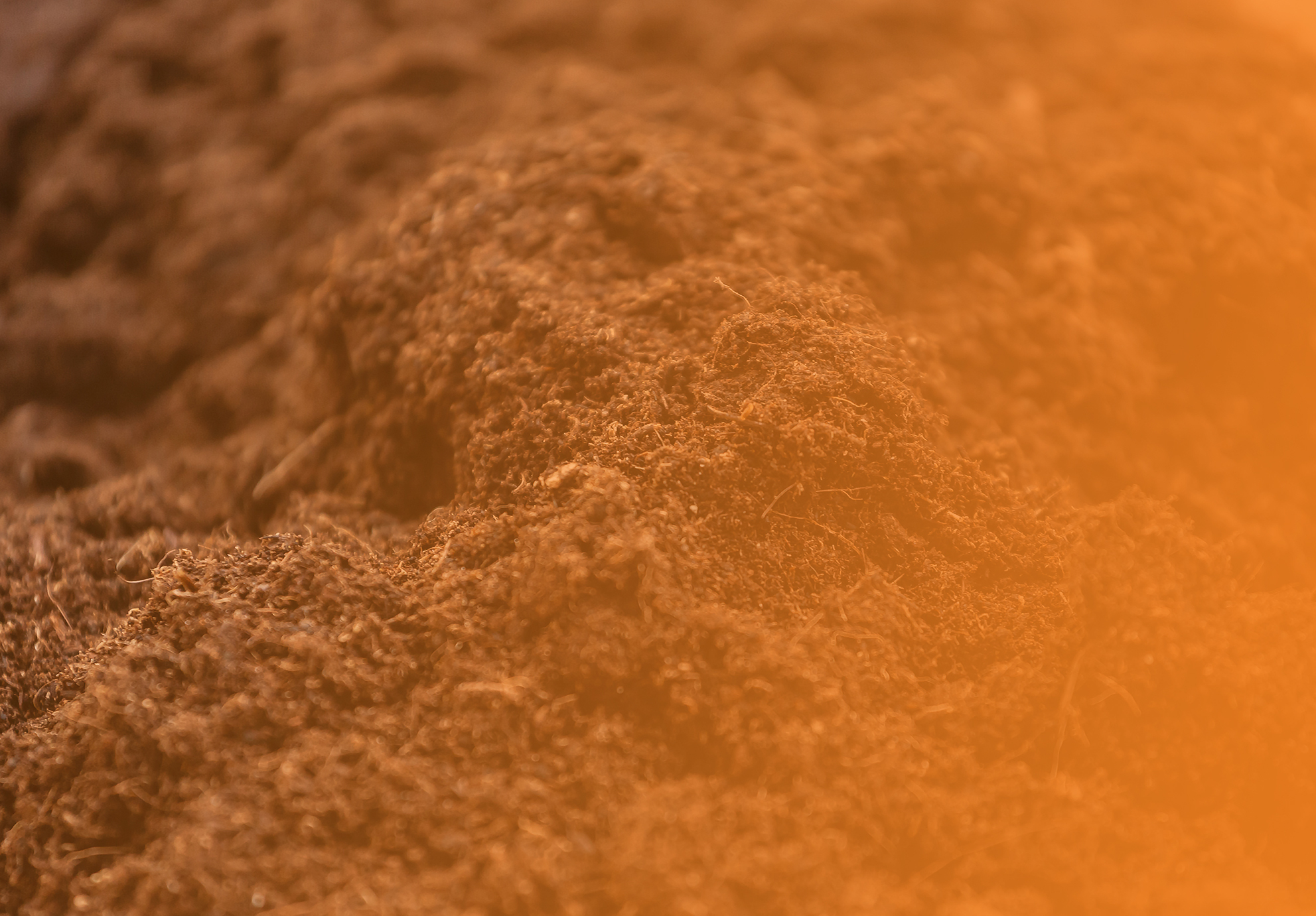Fighting escalating costs of commercial fertilizers? Micro-Aid® offers a unique way to actually increase profitability.
Positive Impact with Manure's Value
Micro-Aid® boosts your "natural fertilizer".
The Economic Value of Manure Equals Added Profitability to the Farm!

Capture & Contain Manure's Fertilizer Value
Micro-Aid® stabilizes and retains nitrogen in manure fertilizer normally lost during storage.
This reduction in volatilization of ammonia that occurs due to Micro-Aid® positively impacts the total nitrogen concentration of manure.
Additionally, Micro-Aid® improves the break-down of solid waste, eases pen clean-up & pit pump-out.
Manure & Nitrogen
The fate of nitrogen (N) compounds (i.e. urea, uric acid, organic nitrogen, and ammonium nitrogen (NH4)) excreted by animals within the nitrogen pathway is dependent upon factors such as pH, feces and urine composition, temperature, air velocity, surface area, and moisture. Ideally, microorganisms in the waste management system use ammonium nitrogen to synthesize organic nitrogen, which increases fertilizing value and prevents the formation of volatile compounds (e.g., ammonia (NH3)). Nitrification by microbes can also convert ammonium to nitrate nitrogen, which then has a few options as its final outcome including formation of organic nitrogen, denitrification to volatile compounds, or leaching. Volatile compounds formed from the denitrification of nitrate-nitrogen include nitrous oxide (N2O), a greenhouse gas, and nitrogen gas (N2), the form of nitrogen that naturally occurs in air. It is advantageous to try and reduce nitrogen loss (i.e., volatilization of ammonia, leaching, etc.) that frequently occurs during handling and storage.
Ammonia emissions occur at several different stages of livestock and poultry production. The challenge during manure storage and application is that nitrogen compounds are volatile and when lost, the potential fertilizing value is diminished. It is common to lose 25% of nitrogen during manure storage in deep swine pits. Nitrogen loss in other types of earthen or lagoon storage systems are even greater and often exceed 40%. The same problem is true in other situations, such as beef feedlots or dairy farms, as nitrogen loss can be 25% or greater. Ammonia losses also occur during land application with surface application experiencing the greatest losses. Reducing ammonia losses to improve nitrogen fertilizing value is an area of opportunity for Micro-Aid® to bring value.
How Micro-Aid® Helps
1.
Micro-Aid® first begins to work enterically to help optimize a healthy gastrointestinal tract environment and improve dietary nutrient utilization.
2.
Unabsorbed by the intestinal tract; Micro-Aid® passes through the animal and proceeds through to the waste system.
3.
Micro-Aid® helps undigested nutrients to form organic nitrogen compounds preventing the formation of noxious gases such as ammonia.
4.
The reduction in volatilization of ammonia that occurs due to Micro-Aid® has a positive impact on the nitrogen concentration and fertilizing value of manure.
Research Proving the Benefits of Micro-Aid® in Manure

Research evaluating the effects of Micro-Aid® reported that regardless of diet type fed (diets containing either 0 or 20% distillers dried grains with solubles, DDGS), Micro-Aid® increased organic nitrogen concentration from the slurry samples(i.e., feces and urine together).
The research results above indicate that there was an increase in the ratio of organic nitrogen to total nitrogen when Micro-Aid® was added to the diet, which is indicative of an increase in microbial conversion of nutrients to organic nitrogen.
This improvement in nitrogen utilization is further supported by an approximate 20% reduction in volatilization of ammonia nitrogen that was measured in the slurry samples. These results indicate that slurry from animals fed Micro-Aid®, regardless of their diet, will lose less nitrogen during storage.
Ideal N:P Ratio
Animals fed Micro-Aid® have a more ideal Nitrogen:Phosphorus ratio in their manure. This is beneficial to producers whose land application rates are phosphorous regulated, allowing them to spread more manure on land and better meet their crops’ N requirement. Supplying more N by a manure source minimizes the amount needed to come from a commercial fertilizer source. Also, a more ideal N:P ratio in N-based manure application strategies minimizes excess phosphorus being applied that cannot be taken up by the crop.
Economic Impact
Using industry average numbers of the cost of commercial fertilizers, the fertilizing value of beef feedlot manure can range from $20 to $40 per head marketed. However, when the measured benefits of Micro-Aid® are accounted for, there is an increase in fertilizing value in excess of $2.75 per head, which is in addition to the economic value gained from the performance and environmental benefits of feeding Micro-Aid®. The same is true in swine, over the past few years the fertilizer value of manure has ranged from $4 to $12 per head marketed. Recent analysis has demonstrated that Micro-Aid® increases this value by as much a $0.70 per head marketed. Finally, similar manure value and Micro-Aid® benefit calculations can be expected in dairy, poultry, and other animal species.
Micro-Aid® is an excellent tool to maximize the value of manure for its fertilizing purposes and improve the profitability of livestock and poultry producers. The increase in manure value alone often offsets the entire supplementation cost of Micro-Aid® in all feed. When developing the manure management plan for your farm, be sure to include Micro-Aid® in all feed all the time to provide a total program designed to optimize farm value.

